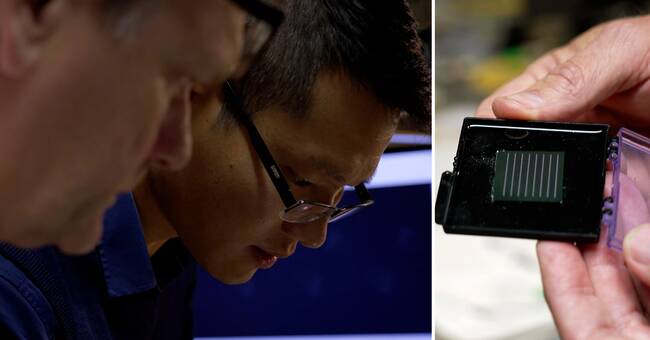Every time you connect to the internet, optical amplifiers are used.
Information transmitted using light loses effect - up to 99 percent of the signal disappears in ten miles, if not amplified.
The problem with the optical amplifiers has been that they themselves create unnecessary noise which also degrades the quality of the signal.
So researchers have been looking for a solution without noise for a few decades.
And now there are results at Chalmers.
- It is small and compact, just a chip of twice two centimeters.
It contains eight amplifiers built from coiled spirals.
If you pull out the spirals, their total length is 1.5 meters, says Peter Adrekson, professor of photonics and research leader.
- In addition, the amplifier emits no excess noise.
Fiber users
Previous optical amplifiers with less noise have been much larger than this one.
The new model is good news for, among others, fiber users, but also for atmosphere and space researchers.
The fiber cables would be more efficient when you can place small amplifiers with less spacing.
And a space probe standing on the surface of the planet Mars, for example, could get over high-resolution images to Earth much faster than today.
- It is a very long transfer time from Mars to Earth today.
If, instead of radio waves, light was used for communication, with better receivers on earth and amplifiers like this, it would go much faster, says Adrekson, who has already been to the USA and presented the invention to the US space institutions.
But there is a long way to go until the work is completed and the product has become commercial, he admits.
- We need to find an exact role.
Initially, we will try to increase performance and test the amplifier in different contexts with telecommunications.
But then we can plan for experiments in atmospheric measurements, and in fact also see if it can work in an optical quantum computer, says Adrekson.
Supercomputer
Quantum computers are a kind of supercomputer that is being experimented with in several places around the world, including Chalmers.
They are built in a different way than ordinary binary computers and are in some cases superior to the supercomputers, but have not come as far in development yet.

